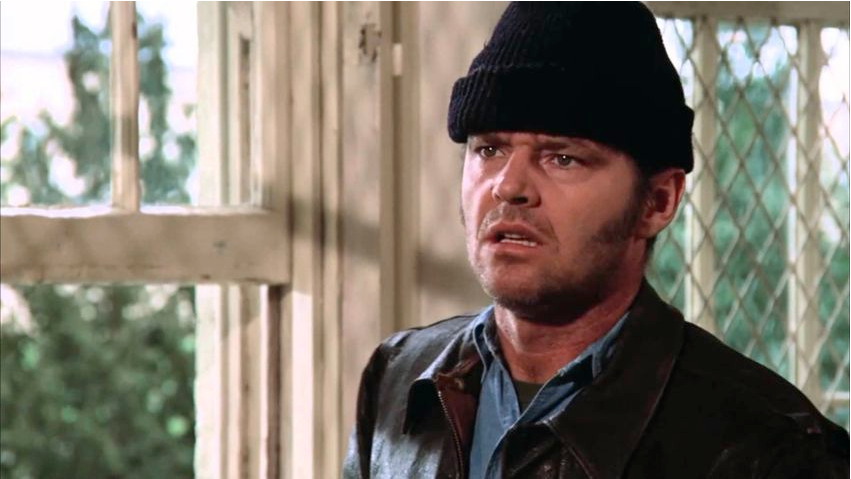Character development – Part 3 Describe Your Character
Next, describe your character on first mention. You have limited action lines to introduce them, so make every word count. You already know to present your characters’ names in CAPS on first mention. Let the reader know as much as you can in that first encounter.
When you introduce your characters, these days it’s considered appropriate to stray a little from the ‘show, don’t tell’ maxim. But beware, there are still readers out there who might bristle, so don’t go overboard.
For example:
All eyes watch a stylish, statuesque woman enter the bar as if it’s a Paris runway. She surveys every square foot, her neck a perfectly-aligned swivel. No one dares meet her gaze. Meet CHLOE (22), sharp-shooter extraordinaire, who may or may not wear a white hat, depending on the circumstances.
What do we know about Chloe from that introduction?
We know she’s super confident in her body, attractive (we don’t have to use the word, the bar patrons’ response to her tells us), hyper-observant, and a little scary. She looks and acts like a model. But everyone intuitively knows she’s not. And that she takes no shit.
Notice we don’t know whether she’s a brunette, has a pixie cut, or freckles and green eyes. We don’t know the size of her bust or whether she’s showing cleavage. None of those physical attributes matter. The casting director will ultimately select the actresses who can convey her personality.
Notice also her precise age (22). This is a personal pet preference/peeve. I see a lot of writers describe their characters’ ages with a full decade, as in JOHN (twenties). Given the massive maturity difference between 20 and 29, simply labeling someone as owning that entire ten-year period doesn’t tell me much.
Yes, you could say “early 20s” and only be seven letters longer than necessary. But watch it. You might slip and write 20’s with an apostrophe and give a meticulous reader another tiny reason to twitch an eyebrow at the errors on Page 1.
(For more on perfect writing, take a look at this piece: Writing Tips for Screenwriters).
Pro Tip: Descriptors “under the ban” include: beautiful, gorgeous etc. and heaven forbid, buxom. These adjectives fall into the category of “stereotypical telling” instead of showing. (I just made that up, but it deserves to be a banned category.) Readers will literally roll their eyes if they see them. Also strike quirky from your introductory adjectives. It’s both non-specific and overused. And add the word young to this banned word list in both loglines and first-mention descriptors. The word is both subjective and redundant because your character description includes an age. If your reader is 45, ‘young’ is anything under 40. If she or he is 25, ‘young’ to them could suggest a teenager.



